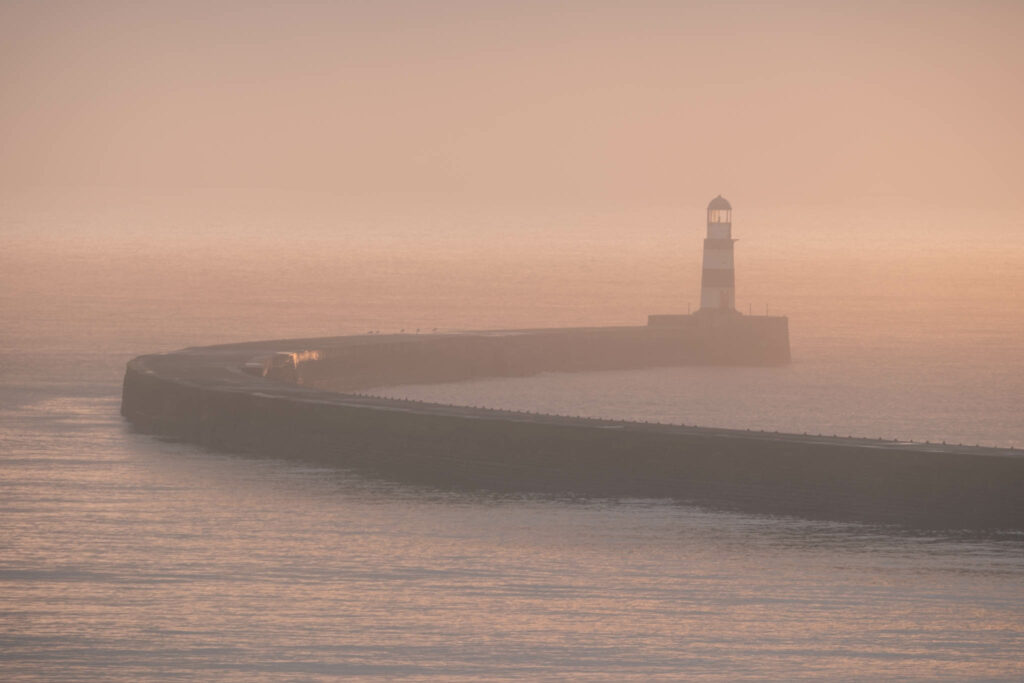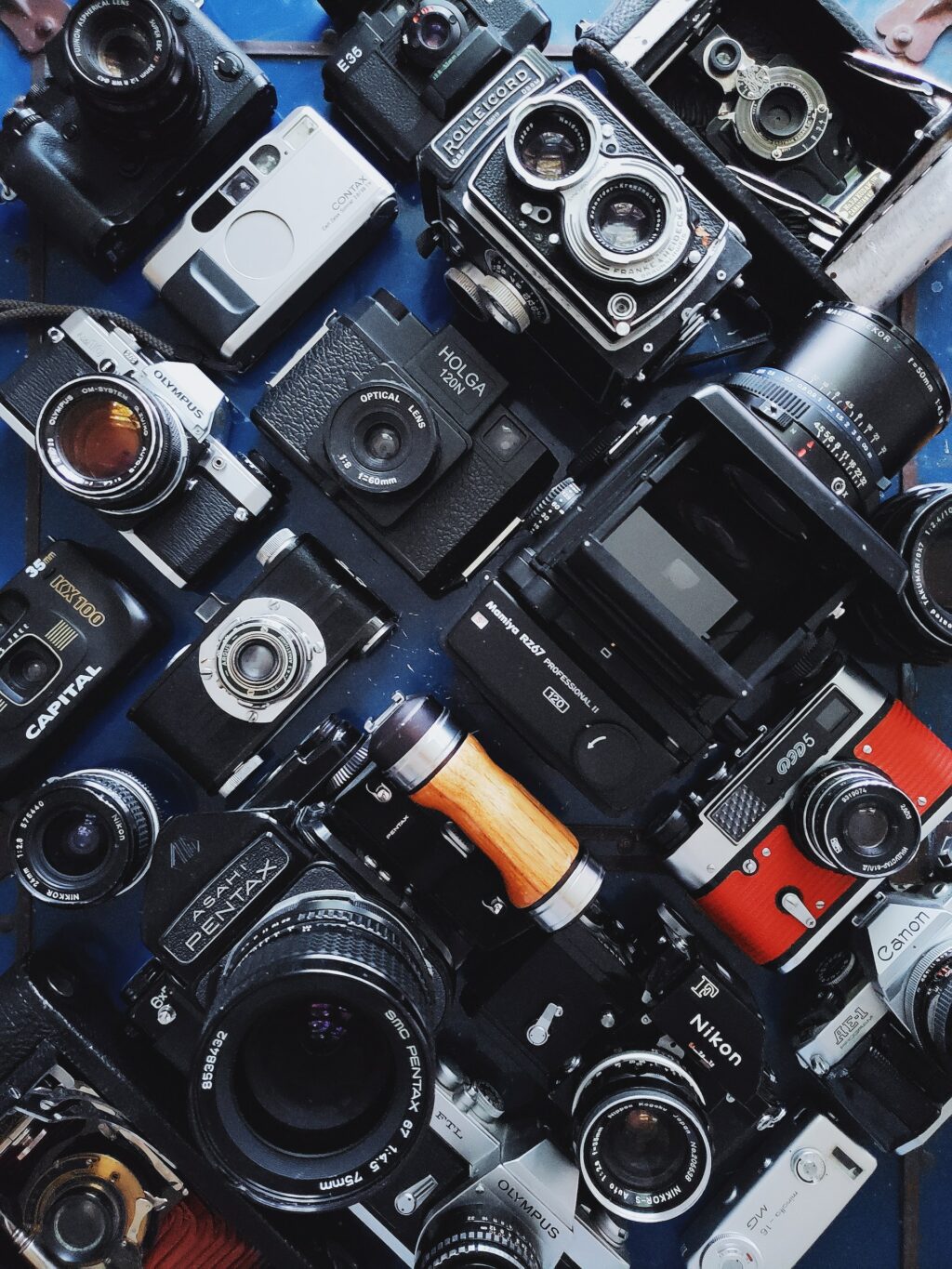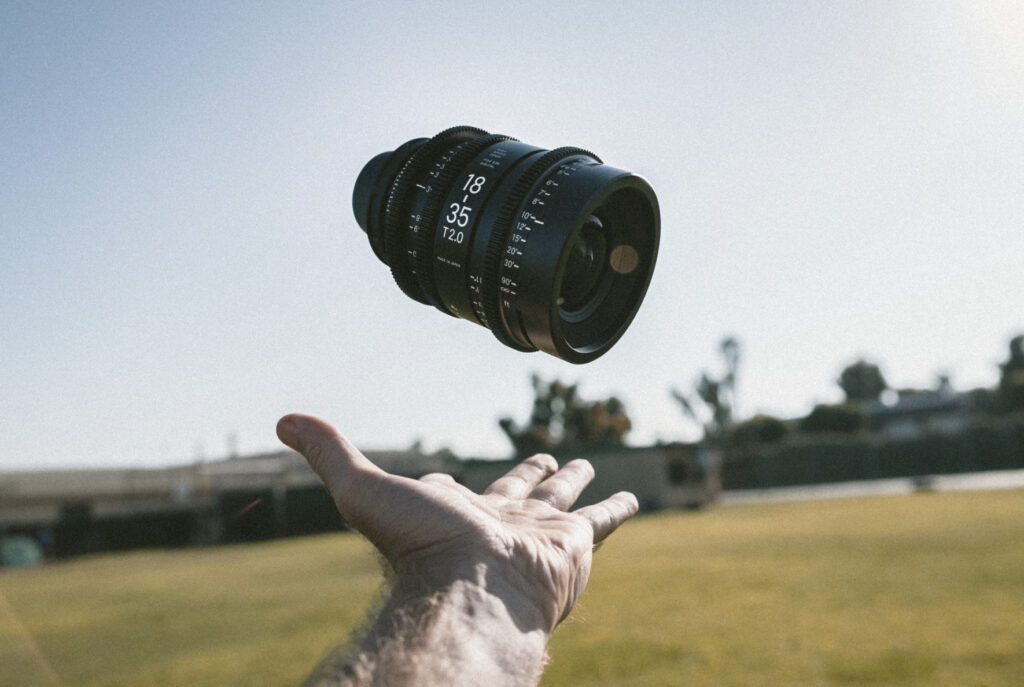To put it simply, telephoto lenses are lenses with a long focal length. They can be grouped into the further subtypes of short (85mm to 135mm in 35mm film format), medium (135mm to 300mm in 35mm film format) and super-telephoto lenses (over 300mm in 35mm film format).
If you’re still a beginner photographer, you should differentiate telephoto from zoom lenses, since many beginners confuse these two. Telephoto lenses have a focal length of 85mm and above, while zooms are simply lenses capable of shooting at different focal lengths (as opposed to prime ones). This means that both zoom and prime lenses can be categorized as telephoto – it just depends on their focal length.
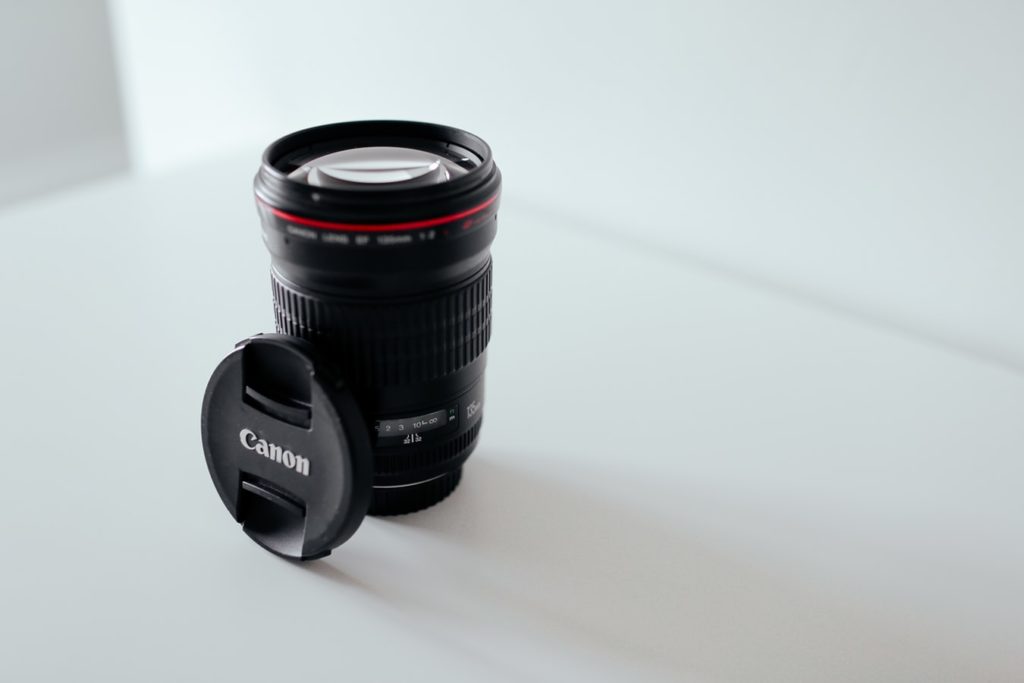
When To Use Telephoto Lenses
These are a few of the most common situations ideal for using telephoto lenses:
When You Want To Bring Distant Subjects Close
Telephoto lenses make objects far away appear closer, thanks to the phenomenon of lens compression. What actually happens is that when the focal length of the lens changes, the angle of view also changes. The longer the focal length of the lens, the narrower the angle of view. We simply see a smaller portion of background in the viewfinder when we use telephoto lenses, which affects our sense of distance.
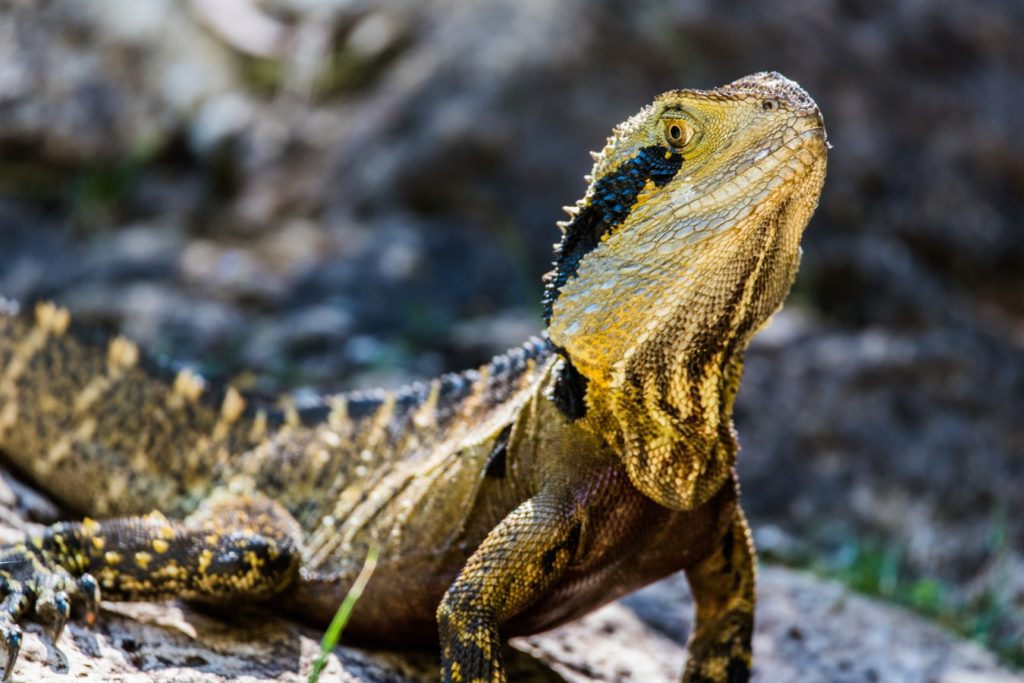
When You Need To Make Your Subject Stand Out
Telephoto lenses are really great for portraiture – they allow you to isolate a subject even when it’s far away for you. Because of this, prime telephoto lenses such as 85mm or 135mm are very popular among portrait photographers. They also provide a rich creamy bokeh and they don’t distort facial features like wide-angle lenses.
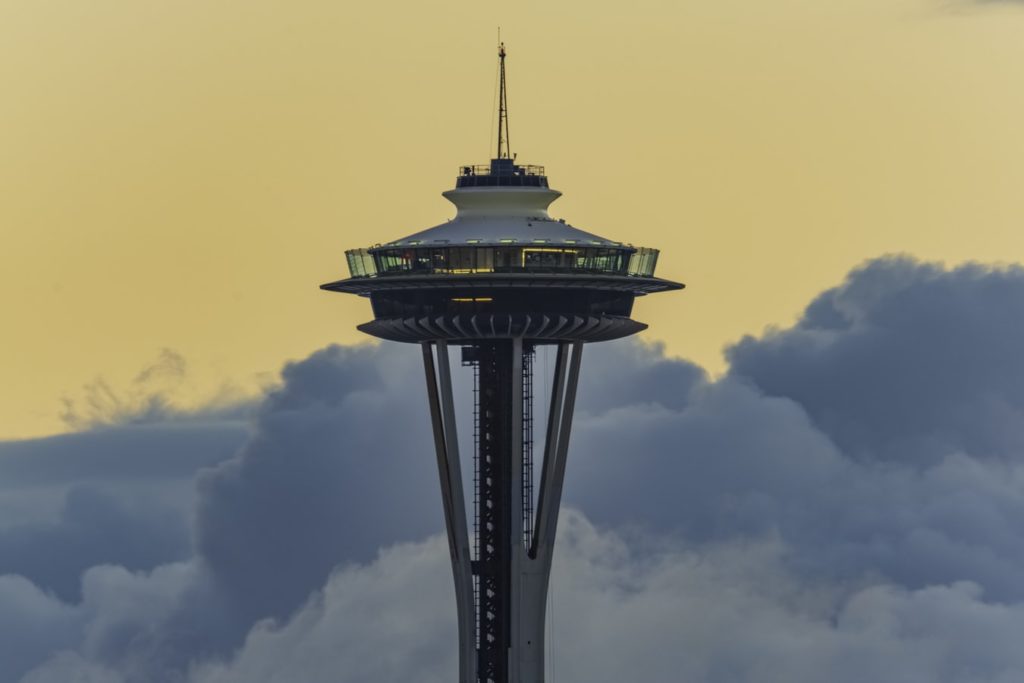
When You Want To Capture Wildlife Scenes
You certainly need a telephoto lens if you plan to dedicate yourself to wildlife photography. These lenses can bridge any distance between the photographer and the targeted subject, such as exotic birds or dangerous animals.
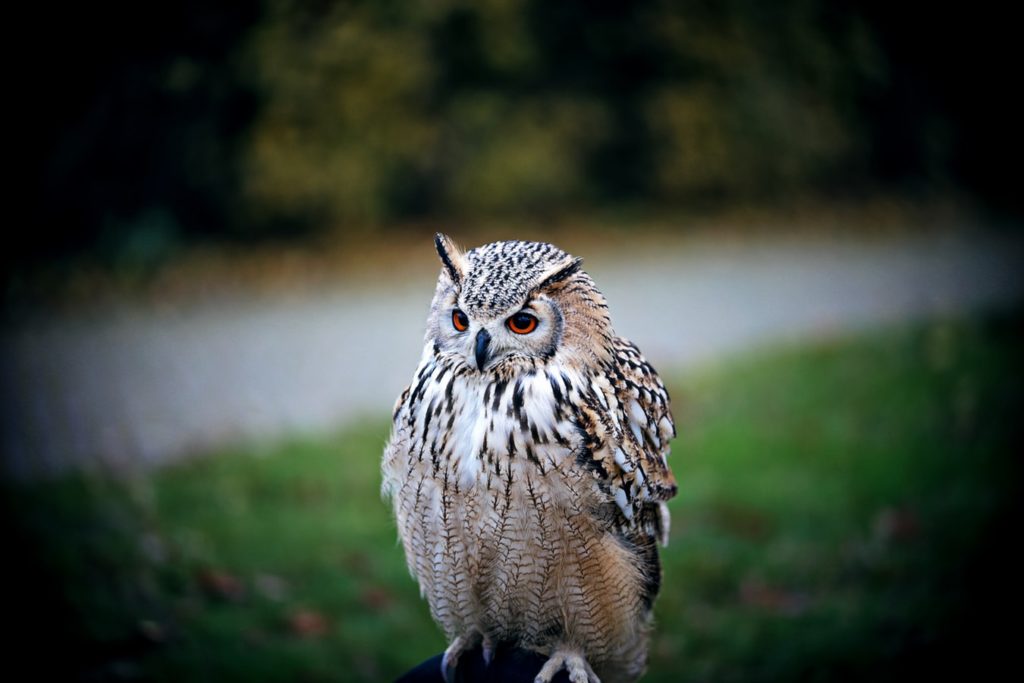
When You Shoot Sports And Events
If you want to capture the action and shoot various sports, you have to rely on longer focal lengths as well as fast shutter speeds. Sports photography takes a lot of practice, but it can be very amusing.
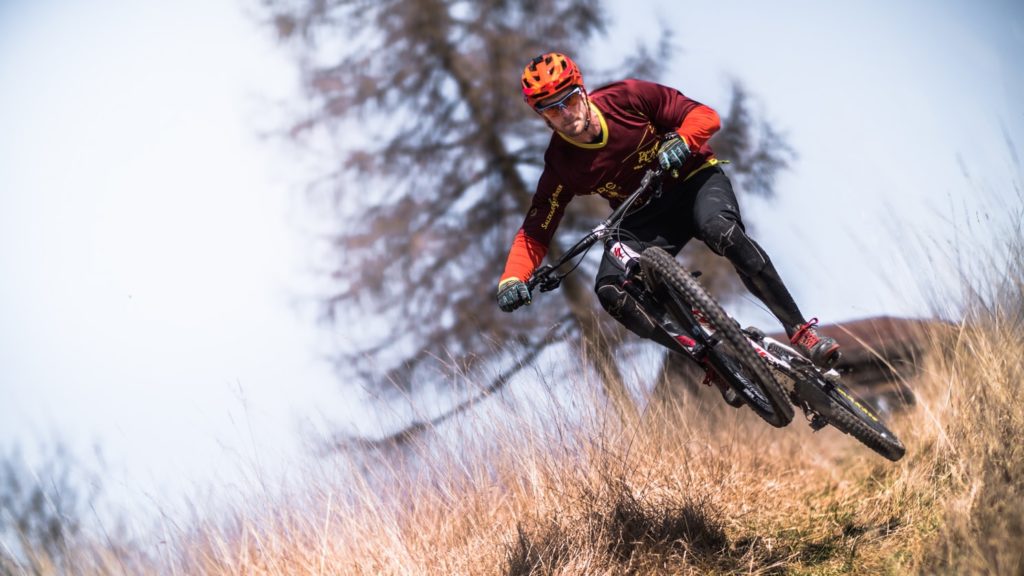
When You Want To Capture Astronomical Objects
Astrophotography is another genre of photography where gear matters a lot. If you want magical images of celestial bodies, you can experiment with telephoto lenses in the 300mm to 600mm range, with apertures from f/2.8 to f/4. For wider night sky shots, you don’t need super-telephoto lenses – you can use primes such as 50mm!
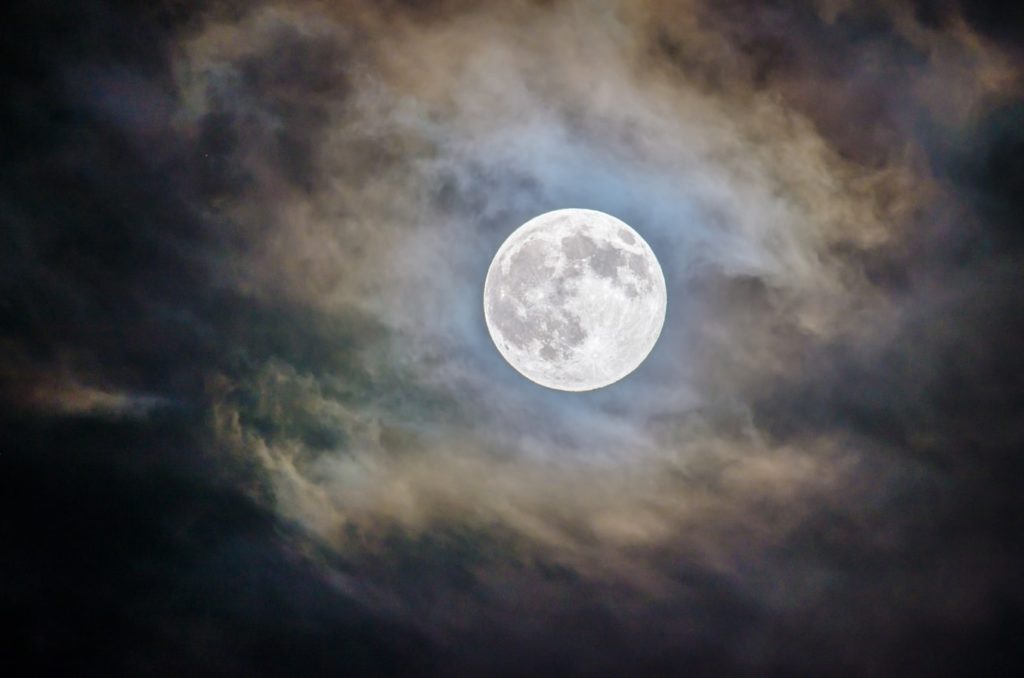
Choosing The Right Focal Length
If you’re planning to purchase a telephoto lens, you should decide what focal length is ideal for your needs. We’re going to cover a few most common ones!
70-200mm
These telephoto lenses are very popular because of their versatility. With this focal length, you can shoot moving subjects at ease, which makes it a great choice for events such as weddings or birthdays. If you use a wide aperture in this focal range, such as f/2.8, your images will have a beautiful bokeh – this can be a big plus in wedding photography.
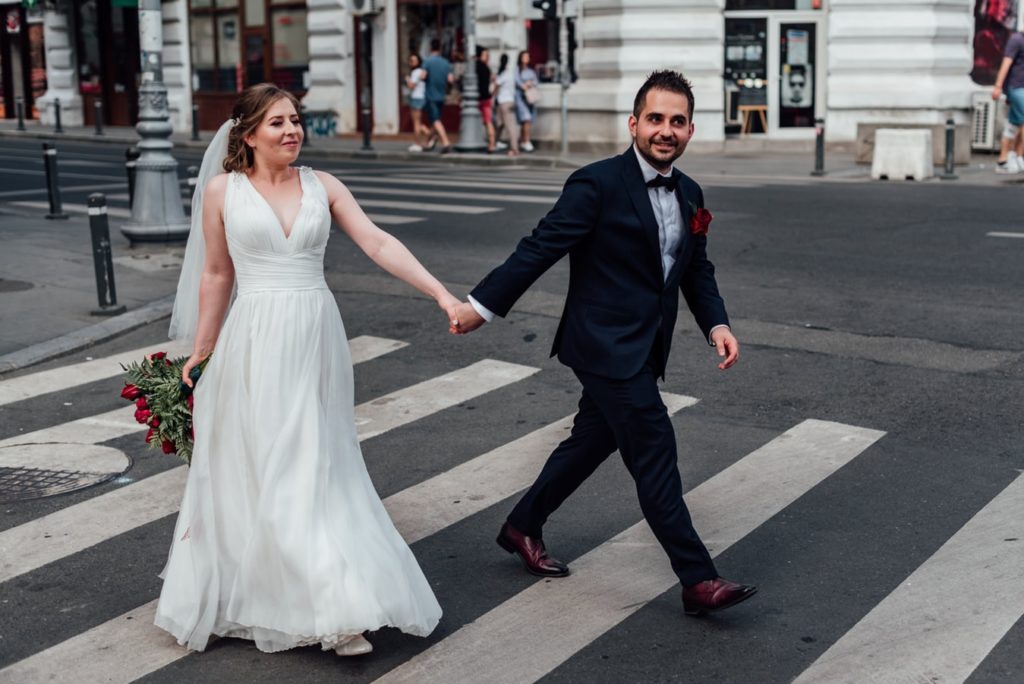
85mm or 135mm
Many professional portrait photographers use these prime lenses because they produce soft backgrounds and they can be used in low light. The main benefit of an 85mm prime over a 70-200mm zoom is that it allows you to shoot at a wider aperture, usually at f/1.8. Primes are also lighter than zoom lenses, which can be important for photographers who travel a lot and like to pack light.

300mm or 600mm
These super-telephoto lenses are ideal for sports and wildlife photography. They allow you to shoot subjects that are very far away with wide apertures, which can result in truly stunning images. These lenses are very heavy and very expensive and used mainly by professional photographers.
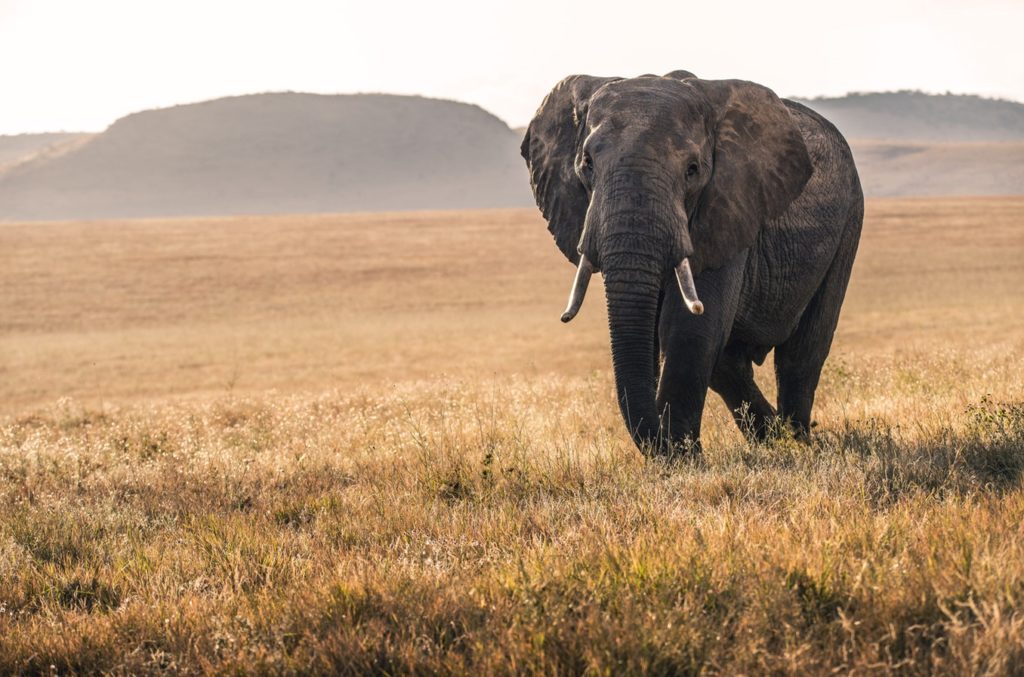
Practical Advice On Using Telephoto Lenses
Lenses with longer focal lengths can be somewhat tricky to use – one of the most important things to do is to stabilize your lens!
Camera shake is a big concern when shooting with telephoto lenses – they are often large and heavy. Luckily, many telephoto lenses have built-in stabilization, which is a very helpful feature and you should definitely use it. In case your lens doesn’t have this feature, you can use a tripod when shooting at longer focal lengths. You should also have in mind that stabilization is crucial only when you shoot stationary subjects – in case your subject is in motion, you will use faster shutter speeds and avoid issues with camera shake.
Using a wide aperture can be also helpful in case you don’t have a tripod. Wider apertures allow you to use faster shutter speeds and shoot in darker conditions with ease.
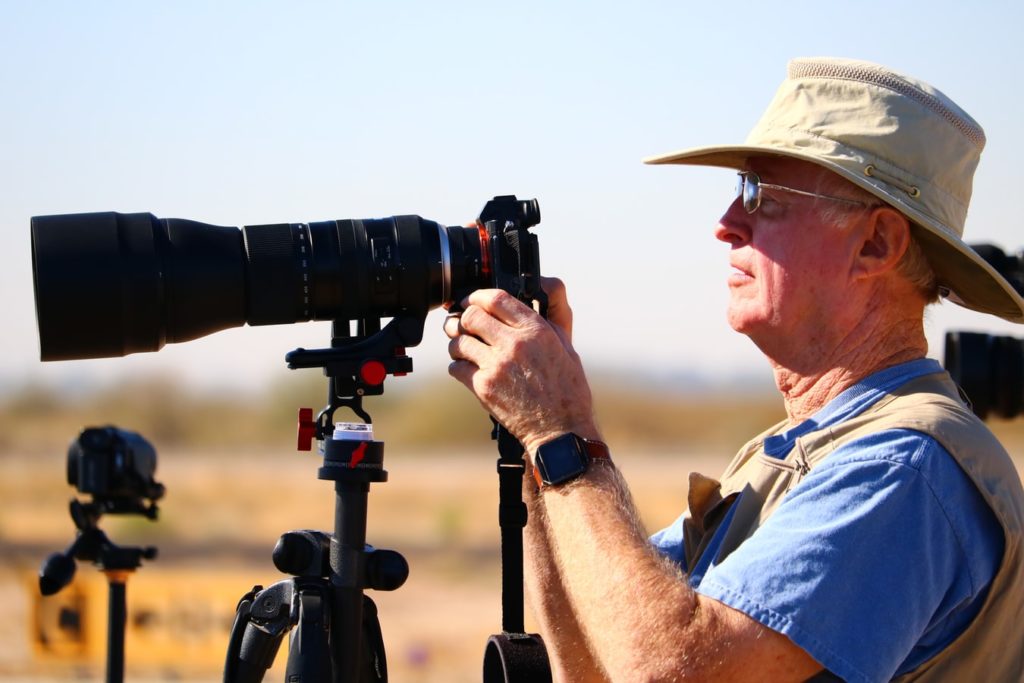
If you want to learn more about telephoto lenses, check out the following links!
Further Resources On Telephoto Lenses:
- Getting The Most Out Of A Telephoto Lens With 8 Useful Tips
- The Beauty Of The Super Long Telephoto Lens
- 3 Quick Tips On When To Use A Telephoto Lens In Landscapes
- What Is A Telephoto Lens And Why Should I Use One?
- The Best Super Telephoto Zoom Lenses In 2019
- 8 Affordable Telephoto Lenses For Wildlife Photography



